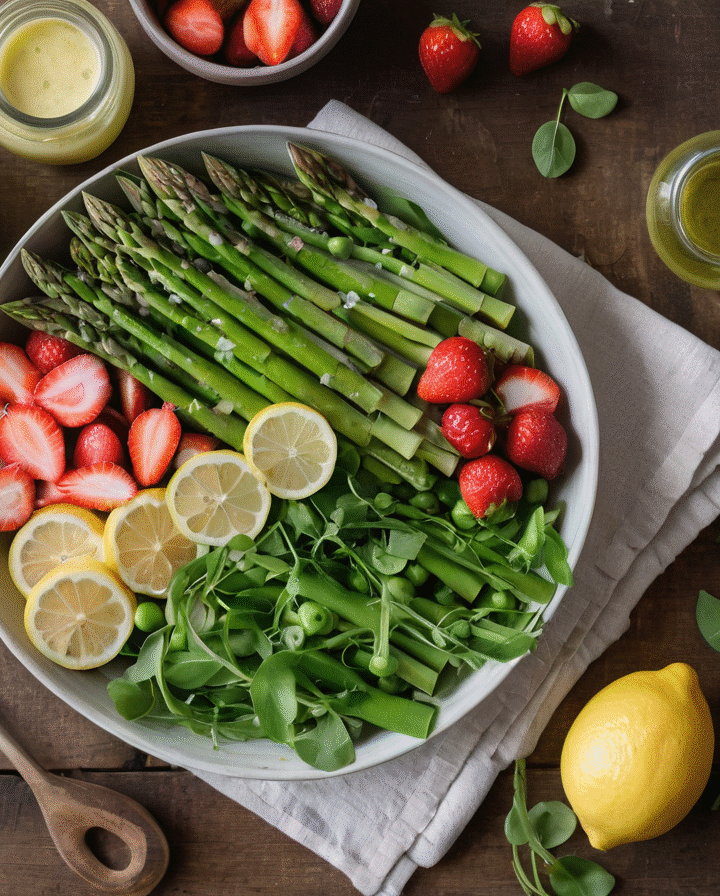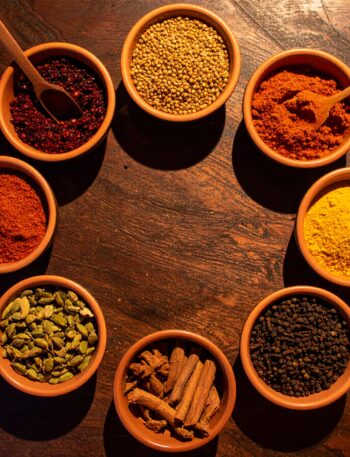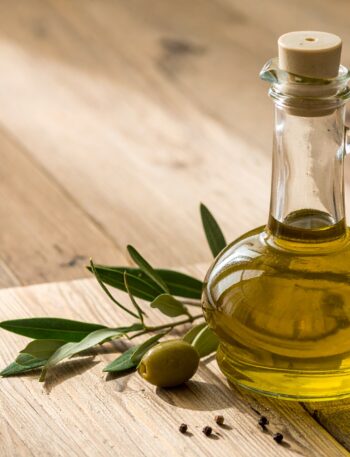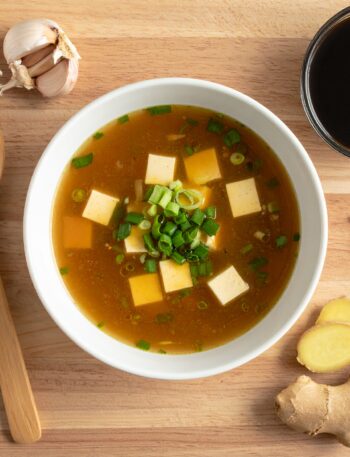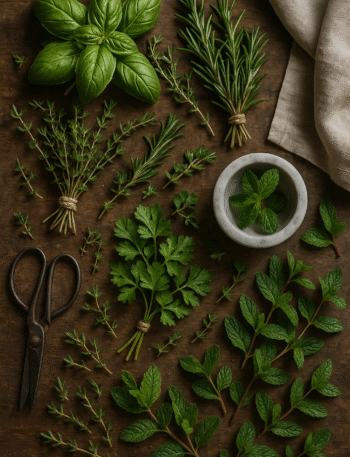Spring is more than just a season — it’s a shift. A breath of fresh air after the weight of winter. A quiet celebration of return: to color, to warmth, to flavor.
After months of simmering stews and slow-roasted roots, spring arrives like a whisper and a shout. One walk through the farmers’ market and suddenly the world feels edible again — green, juicy, bursting with things that crunch and snap and brighten every bite. 🌱💐
For those of us who live and breathe food, spring isn’t just a change in temperature. It’s a reawakening. The ingredients shift, the cravings change, and our kitchens become lighter, livelier, more playful. It’s the time when tender herbs, sweet peas, asparagus, radishes, fava beans, strawberries, and lemons begin to show off. The kind of ingredients that ask to be eaten raw, roasted simply, or tossed into a salad with olive oil and joy.
I still remember one of my first “real” spring meals — a simple salad of shaved fennel, orange segments, mint, and flaky salt. It wasn’t fancy, but it tasted like sunshine. Like possibility. And that’s the magic of spring ingredients: they don’t just feed you, they shift your mood.
In this article, I want to take you through some of the most beautiful and beloved seasonal spring ingredients — not just what they are, but where they come from, why they matter, how to use them, and some charming little facts that might make you fall in love with them all over again.
Whether you’re a curious cook, a seasonal eater, a home gardener, or someone who just loves learning about food and its rhythms, this is for you.
Let’s celebrate the ingredients that make spring taste like spring. 🌸🍋
The Origins: Why Spring Produce Feels So Special
Seasonal eating has deep cultural and ecological roots. For centuries, communities around the world relied on what the land provided naturally—foods that thrived in each season’s unique conditions. In spring, the return of warmth and sun triggers the soil to come alive. Tender greens shoot up, fruit trees begin to bloom, and early vegetables push through the earth with vibrant color and crisp texture.
Today, even with year-round availability of many ingredients, eating seasonally connects us to tradition, sustainability, and flavor at its peak.
Some of spring’s most iconic ingredients include:
- Asparagus – One of the earliest vegetables to emerge after winter.
- Strawberries – Sweet and juicy, signaling the shift to longer, sunnier days.
- Fresh peas – Crisp and slightly sweet, a staple in spring cuisines around the globe.
- Leafy greens like arugula, lettuce, and spinach – Quick-growing, nutrient-rich, and perfect for lighter dishes.
Culinary Uses: Simplicity That Lets the Ingredients Shine
One of the beautiful things about spring ingredients is that they rarely need much fuss in the kitchen. Because they’re harvested at their freshest, they often shine brightest in simpler preparations.
- Asparagus: Delicious steamed, roasted, grilled, or shaved raw into salads. Its delicate bitterness pairs well with citrus, herbs, and soft cheeses.
- Strawberries: While often reserved for desserts, they also balance savory dishes beautifully—think salads, grain bowls, and even bruschettas.
- Fresh peas: A gentle sweetness makes them ideal for soups, sautéed sides, and pastas. They add texture and color wherever they go.
- Greens like arugula and spinach: These leafy staples are perfect for springtime salads, sandwiches, or lightly wilted into warm dishes for a hit of brightness and peppery flavor.
Across cuisines, these ingredients represent a lighter, fresher approach to food—one that reflects renewal and simplicity after the richness of winter.
Nutritional Benefits: A Season of Nourishment
Spring vegetables and fruits aren’t just beautiful—they’re also packed with nutrients that naturally support the body as it transitions from colder to warmer months. It’s no coincidence that many spring ingredients promote cleansing, hydration, and energy.
Here are some nutritional highlights:
- Asparagus: Rich in fiber, folate, and vitamins A, C, E, and K. Also a natural diuretic, helping flush toxins.
- Strawberries: High in antioxidants, especially vitamin C, which supports immunity and skin health.
- Peas: A great source of plant-based protein and fiber. They also provide iron, which is important for energy production.
- Arugula and leafy greens: Contain chlorophyll, calcium, potassium, and folate. Their slightly bitter taste also supports liver function—a natural detox booster.
Eating seasonally isn’t just tastier—it aligns with what our bodies often crave and need most.
Cultural and Historical Curiosities
Beyond flavor and nutrition, many spring ingredients have fascinating stories:
- Asparagus has been cultivated for over 2,000 years. In ancient Rome, it was considered a delicacy, and Roman emperors even had special fleets (“Asparagus fleets”) to transport it.
- Strawberries were once used by medieval Europeans not only as food, but also as medicine and decorative symbols of purity.
- Peas were a prized ingredient in French royal kitchens during the 17th century, and today still feature prominently in French springtime cooking.
- Arugula was seen as an aphrodisiac in ancient Mediterranean cultures and was often mixed with other herbs in “love potions.”
These traditions add depth to the food we prepare—reminding us that what we eat is not just fuel, but culture, ritual, and connection.
Final Thoughts: Why Spring Ingredients Matter
There’s something undeniably joyful about seasonal eating—especially in spring. It reconnects us to the land, to cycles of nature, and to the simple act of slowing down to appreciate what’s fresh and fleeting.
By embracing seasonal ingredients, we:
- Support local farmers and more sustainable food systems.
- Get the most flavor and nutrients for our money.
- Create meals that feel grounded, intentional, and alive with the season.
So next time you’re at the market and spot that first bunch of asparagus or a basket of sun-warmed strawberries, pause for a moment. You’re not just buying food—you’re tasting the season.
With love and flavor,
Magali for Cooking With Magali 🍓🌿

 Magali
Magali